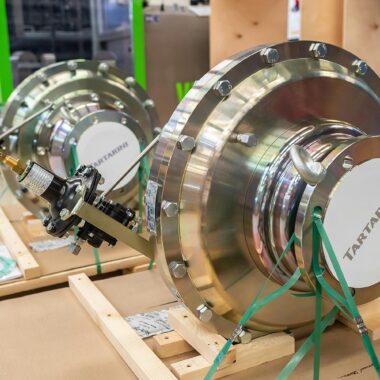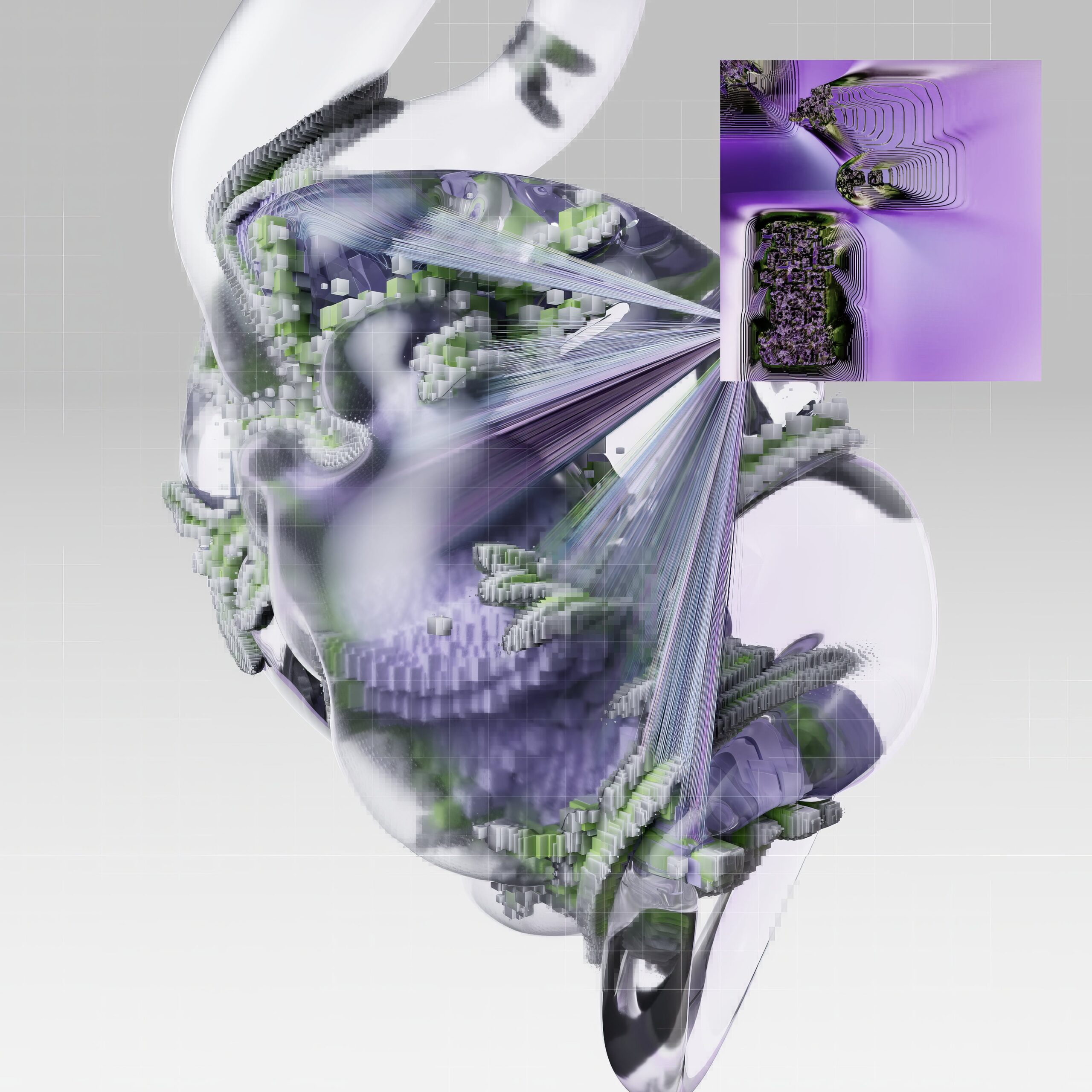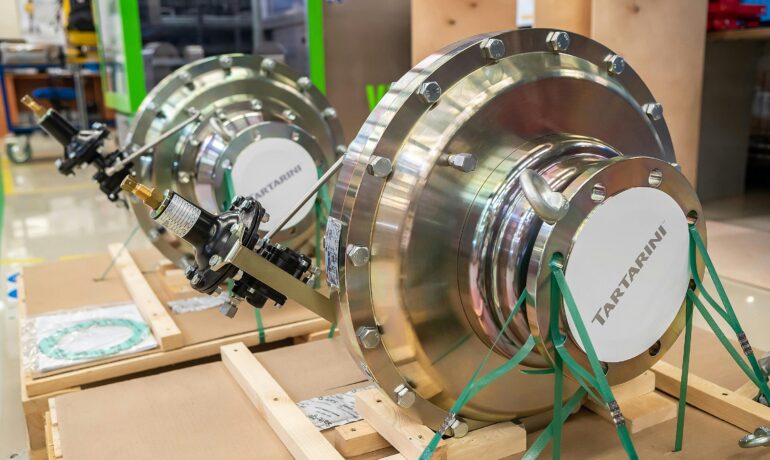September 24, 2022.
The ICEA (the Indian Cellular and Electronics Association), has sponsored an ICRIER Report “Globalise to Localise” which argues for dismantling the Government’s Atmanirbharta campaign by continuing the older paradigm of import-intensive production cum exports. SITARA wishes to draw the attention of the Government and the Indian Public to the following:
- The Report claims erroneously that China and other East Asian countries pursued their recommended strategy of “first globalise, then localise”. This is contradicted by several studies by eminent experts on the proactive and effective Industrial Policy measures implemented by China and East Asian countries before trade liberalisation. China’s ICT sector was overwhelmingly strong before they entered the WTO and signed the ITA-1, in contrast to India, with the Commerce Ministry acknowledging India’s signing ITA-1 and ITA+ trade agreements was disastrous for our strategic electronics sector. Consequentially, electronics production in India is already enormously import intensive. DoC figures for electronics exports and imports for 2021-22 are US$ 15 billion and US$ 71.2 billion respectively, which means that for every dollar we export, WE ARE IMPORTING NEARLY 5 TIMES THE AMOUNT.
- Ironically, the report mentions the high Domestic Value Addition (DVA) ratio in the Auto sector without acknowledging that this sector is one of the most heavily protected in India, which is why India has received tariff-jumping FDI inflows in cars and auto components, which phenomenon we had pointed out in 1998 in Chinese Economic Reforms and their Relevance to India and in 2001 – Can India Overtake China.
- Allowing unrestricted imports of electronic components will decimate the companies which have invested in India under PLI (US$ 5 billion ) and SPECS (US$ 2.5 billion; PLI beneficiaries may actually be better off as the focus is on Production and not Value Addition, a danger highlighted by SITARA earlier). But SPECS promotes actual manufacturing of components in India. Those companies will be killed if this Report’s recommendations are followed, leading to the opposite of what it is advocating – which is to create an ancillaries sector, which has begun under the schemes.
Recommendations
While we too feel protection should be temporary and Industrial Policy measures such as increasing R&D/ domestic technological capability should be vigorously pursued to prepare the sector for free markets, like China did, DOMESTIC PROCUREMENT IS ABSOLUTELY KEY TO ENSURING THAT THE BATTERED DOMESTIC SECTOR RECOVERS AND BECOMES WORLD BEATING.
It does not make sense to lower duties, forego any attempts at value addition, and fatally discard public procurement while extending lakhs of crores of incentives to assembly firms. The right way forward would be to:
- Strengthen public procurement of indigenous products
- Intensify effective R&D support– make existing schemes accessible to Industry
- Increase the scope of and incentives under the Design-led PLI incentive scheme
- Increase the outgo on R&D to at least 50% of USOF.
- Carefully weigh consequences of comprehensive FTAs on industrial capacity.
Import intensive production has not led to any reduction in the electronics trade deficit, quite the contrary. The only answer is to build up domestic capabilities on a war footing.
Government is implementing the right policies to reduce import dependence and cultivate indigenous high-tech capabilities. It must stick this policy and reinforce R&D and technological upgradation of this strategic sector .
Eminent expert Dr Smitha Francis analyses the Domestic Value Addition formula adopted in the Report and finds it lacking.
SITARA team, 24 September 2022









More Stories
Win-Win Solution for the Farmers’ Agitation
iSPIRT and SITARA’s proposal for a Sovereign Compute Stack
Joint Inputs for draft Deep Tech Policy